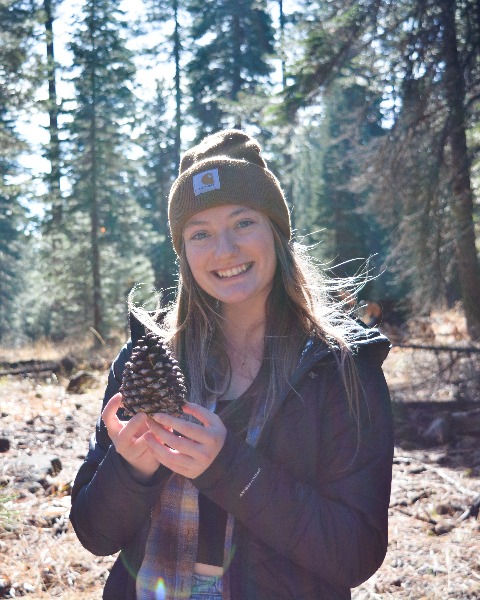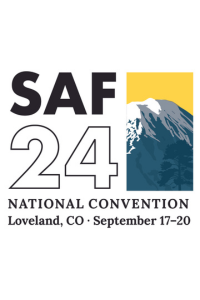Back
Poster
Forest Technology
Using TLS to identify big trees vulnerable to wildfire: A case study of giant sequoia
Thursday, September 19, 2024
9:30 AM – 10:30 AM MST
Location: McKee Hall

Ashlyn Olah, n/a
Graduate Student
University of California, Berkeley
Chester, California, United States
Poster Presenter(s)
This research aims to develop a prioritization method to inform small-scale silvicultural treatments that promote the conservation of Sequoiadendron giganteum. To achieve this, terrestrial laser scanning (TLS) via Apple’s iPad Pro is utilized to design a field measurement system that estimates the capacity of individual trees to survive wildfires.
Learning Objectives:
- Upon completion, participants will be able to discuss how terrestrial lidar scanners (TLS) can be used within the broader context of forest management. Terrestrial LiDAR has the potential to be further developed and applied to a wide range of forest management practices (i.e. silviculture, fire management, etc.). Forestry professionals and researchers should be considering ways to apply TLS to their own research or management objectives.
- Upon completion, participants will be able to describe why quantifying total volume of biomass consumed in cambial damage is an important metric, yet difficult to measure with standard inventory techniques. This metric can be used to assess which big trees are important to protect due to their vulnerability to wildfire. With high severity wildfire threatening this species survival, it is important to use non-traditional methods of management and data analysis (i.e., remote sensing) to develop solutions for conservation. This metric can be used on other big, or small, tree species to quantify trees vulnerable to wildfire.
- Upon completion, participants will be able to recognize why terrestrial remote sensing is an important tool for measuring big trees. Measuring big trees in-field can lead to a large amount of error when determining DBH, along with other measurements, due to terrain, rigidness of the specimen itself, etc. Terrestrial remote sensing has the potential to provide more accurate measurements.

